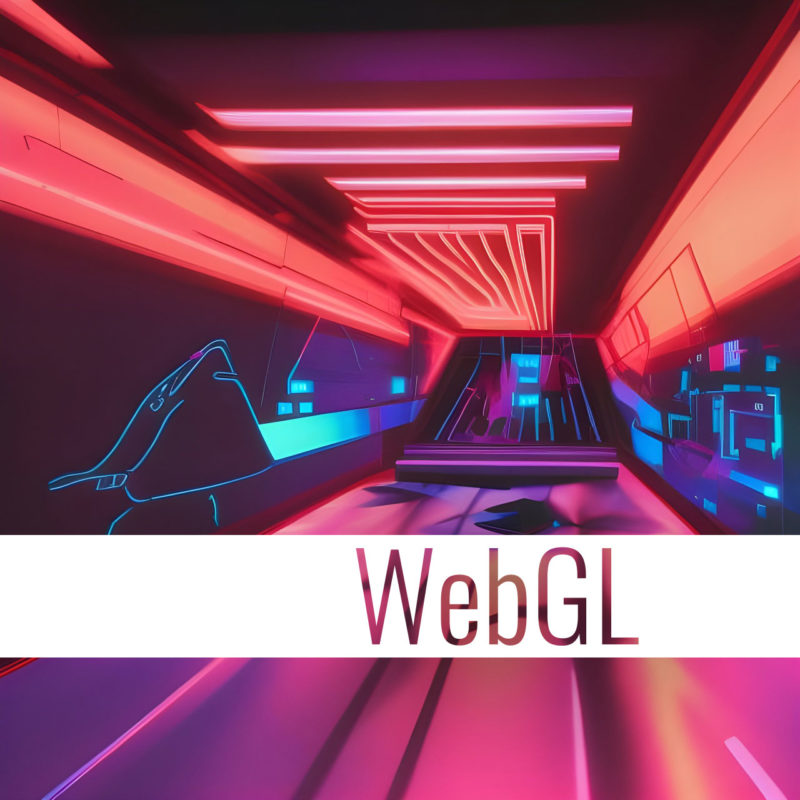
WebGL is a JavaScript API that allows you to create interactive 2D and 3D graphics in a web browser. It’s a powerful tool that allows for the creation of interactive and visually stunning website experiences. With WebGL, developers can leverage the power of 3D graphics hardware to create dynamic and engaging websites, web apps, and games that draw visitors in and keep them engaged, right in their browser.
One of the key benefits of using WebGL in web design is the ability to create a variety of interactive experiences, such as games, simulations, and data visualizations. By using the power of 3D graphics, designers can create dynamic and responsive websites that engage users on a whole new level. For example, an e-commerce website could use WebGL to allow customers to view products in 3D and even interact with them, giving them a much more realistic sense of what the product looks like and how it functions.
WebGL can truly give you the ability to create visually stunning websites that stand out from the crowd. By using advanced lighting and shading techniques, web designers can create websites that are both beautiful and functional. This can be especially useful for industries such as gaming, where the visuals are an important part of the overall experience.
Here are a few things to keep in mind when creating an interactive website experience with WebGL:
- Start with a clear idea of what you want to create. What kind of experience do you want your users to have? Once you know what you want to create, you can start planning your project.
- Use simple shapes and textures to create your objects. WebGL is a powerful tool, but it’s important to use it wisely. If you try to create too much detail, your website will slow down.
- Use animations to make your objects move. Animations can add a lot of life to your website. There are a variety of different ways to create animation for the web, so experiment and find what works best for you.
- Use interactivity to engage your users. Interactivity is what makes WebGL so powerful. There are a variety of different ways to add interactivity to your website. You can use buttons, sliders, and other controls to let users interact with your objects.
- Sometimes less is more. Too much visual and audible stimulation can be overwhelming. So make sure it’s tasteful and doesn’t annoy your users.
- Use a framework. A framework can save you a lot of time and effort. It provides you with a set of pre-built tools and libraries that you can use to create your interactive experience.
- Optimize your code. WebGL can be computationally expensive, so it’s important to optimize your code to make sure that your website loads quickly.
- Test your website on different devices. Make sure your website looks good and works well on all devices, including desktops, laptops, tablets, and smartphones.
- Keep your website up-to-date. WebGL is a constantly evolving technology, so it’s important to keep your website up-to-date with the latest features and bug fixes.
Unity is a popular game development engine that can be used to create immersive web experiences with WebGL. It allows developers to create 3D models, animations, and physics simulations for the web. Unity can also be used to build virtual and augmented reality experiences that can be accessed through a web browser. With the help of plugins like WebGL for Unity, developers can easily publish their Unity projects to the web and make them available to a wide audience.
Without a doubt, WebGL is a powerful tool for creating dynamic and engaging website experiences. By leveraging the power of 3D graphics, designers can create websites that stand out and engage users in a whole new way. With the right skills and techniques, designers can use WebGL to take their web design to the next level.
